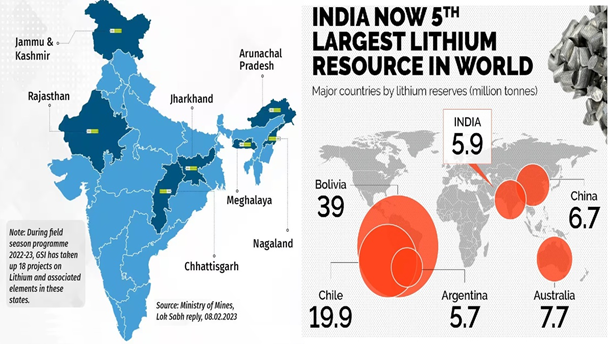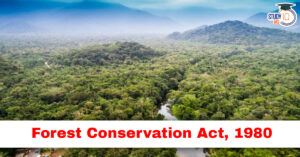Table of Contents
Armed Groups of Myanmar
Context: The Myanmar military’s 2021 coup has led to significant political changes in the country.
Aftermath Of the Coup
- The removal of Aung San Suu Kyi led to violent resistance.
- The military’s indiscriminate use of force has further eroded its legitimacy.
- Ethnic Armed Organizations (EAOs) and resistance groups like the People’s Defence Forces (PDFs) have gained significant territory.
Key Players and Regions
- Brotherhood Alliance: Includes the Arakan Army, Myanmar National Democratic Alliance Army, and Ta’ang National Liberation Army.
- Recent Activities: Captured strategic towns, military losing control in Shan State.
- Kachin Independence Army: Seized about 70 military posts, controlling important trade routes with China.
- Arakan Army: Dominates large parts of Rakhine province and territories on the Bangladesh border, impacting the implementation of infrastructure projects like China’s Belt and Road Initiative and India’s Kaladan project.
- Ethnic Armed Organisations’ (EAOs) Agenda: EAOs refrain from declaring independence or new nation-states, possibly to avoid rallying support for the military or due to complex ethnic geographies.
- Multi-ethnic regions and overlapping homeland claims complicate the creation of new nation-states.
China’s Influence
- Dual Support: China supports both the Myanmar military and EAOs, maintaining leverage in the region.
- Military and Economic Interests: Facilitated ceasefires and supplied arms to both sides. Engages diplomatically with various Myanmar factions to protect its interests.
- Security: Responded to threats from criminal syndicates near the China-Myanmar border.
India’s Potential Role
- Federalism Expertise: India can share its experiences with federalism, institutional frameworks, and peace agreements.
- Infrastructure Initiatives: Despite challenges, India could undertake infrastructure projects in Myanmar to promote regional peace and prosperity.
Conclusion
Sustainable peace in Myanmar requires a new constitutional compact involving all stakeholders, focusing on federalism and democracy.
No buyers for J&Ks Lithium
Context: The Ministry of Mines cancelled the auction for the lithium block in J&K’s Reasi district for the second time due to weak investor response.
| Fact |
| In Reasi an inferred deposit of 5.9 million tonnes of lithium ore was discovered (one of the largest in the world). |
| Status of Other Lithium Deposits in India |

|
Investor Concerns
- Mining lithium from hard rock pegmatite deposits, like those in Reasi, is challenging and costly.
- India’s current mineral reporting standards, based on the UNFC, lack clarity on the economic viability of mining operations.
- Prospective bidders cited limited information in the bid documents and questioned the feasibility of extracting lithium from the identified resources.
Need for Improved Reporting Standards
- Most global mining companies use the CRIRSCO template, which requires high geological confidence and economic viability.
- Adopting CRIRSCO-aligned standards to attract private investment.
- The Indian Mineral Industry Code (IMIC), compliant with CRIRSCO, has been maintained by NACRI since 2019.
| About Lithium |
|


 Why India Needs Its Own Economic Model?
Why India Needs Its Own Economic Model?
 Challenges in India’s Airline Sector: ...
Challenges in India’s Airline Sector: ...
 Forest Conservation Act, 1980: Objective...
Forest Conservation Act, 1980: Objective...

























